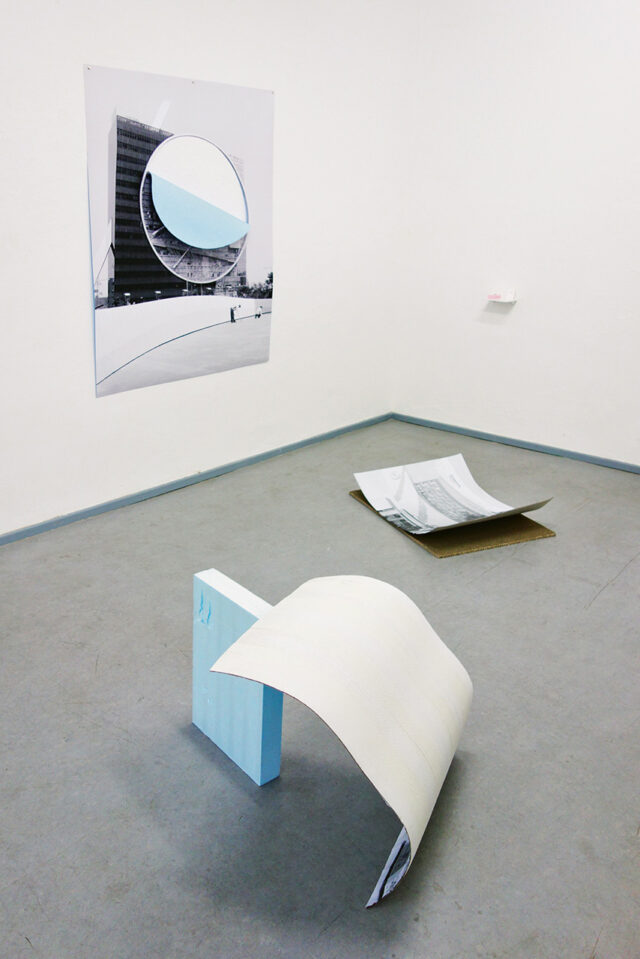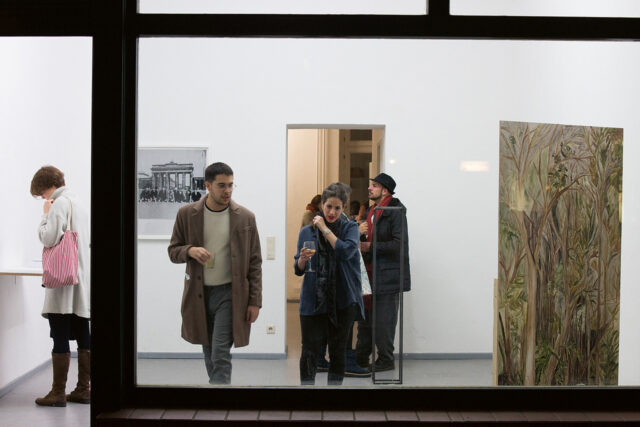
Diana Artus, Ausstellungsansicht, 2015, Foto: Diana Artus

Dig Where You Stand, Ausstellungsansicht, 2016

Diana Artus, Ausstellungsansicht, 2015, Foto: Diana Artus

Dig Where You Stand, Ausstellungsansicht, 2016